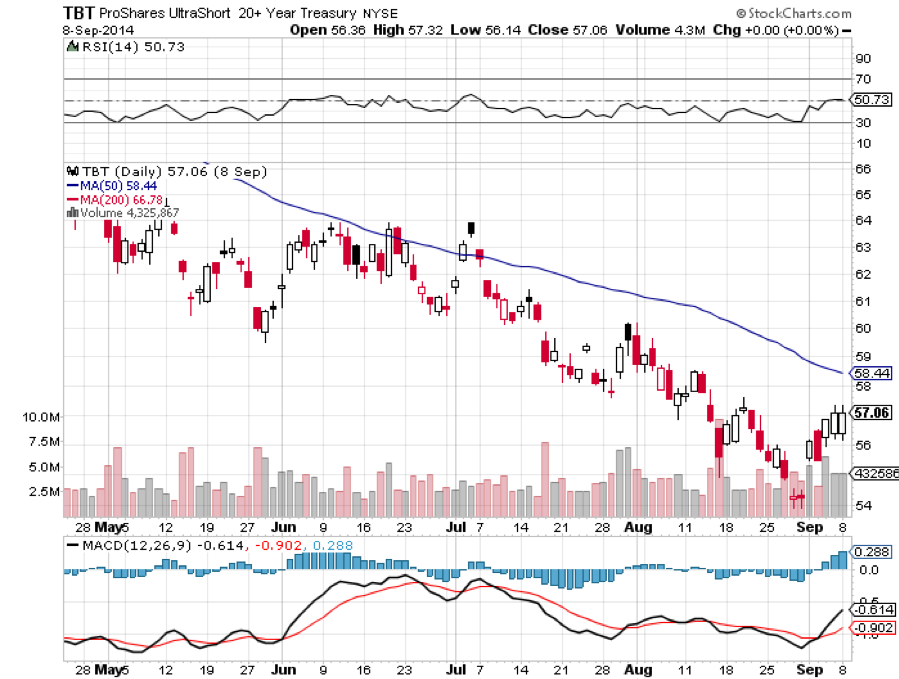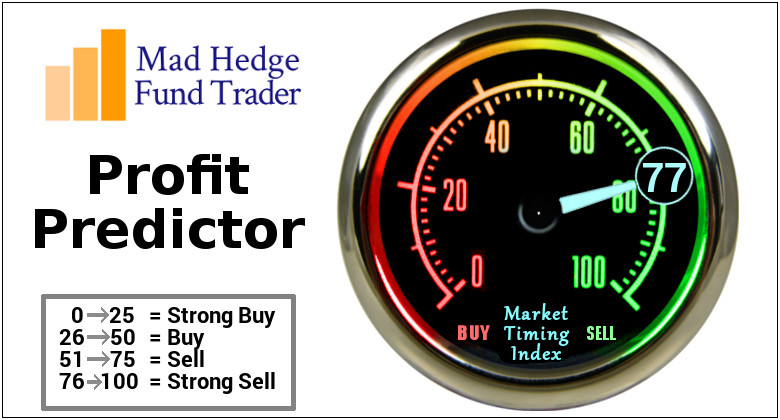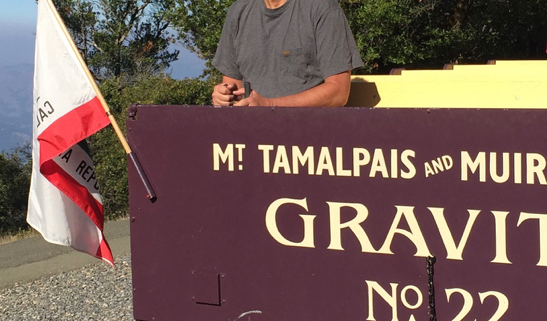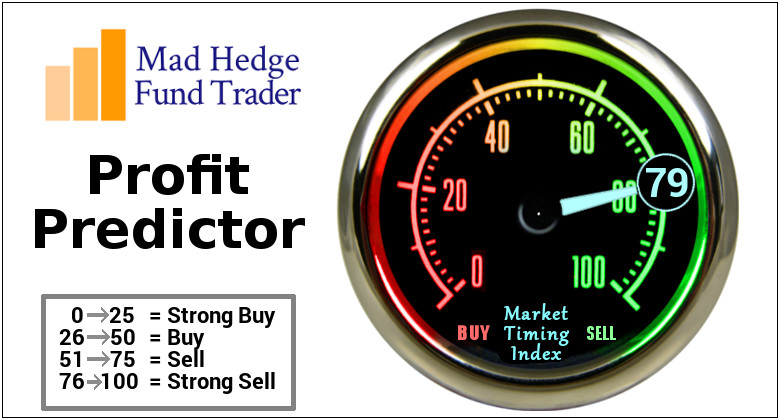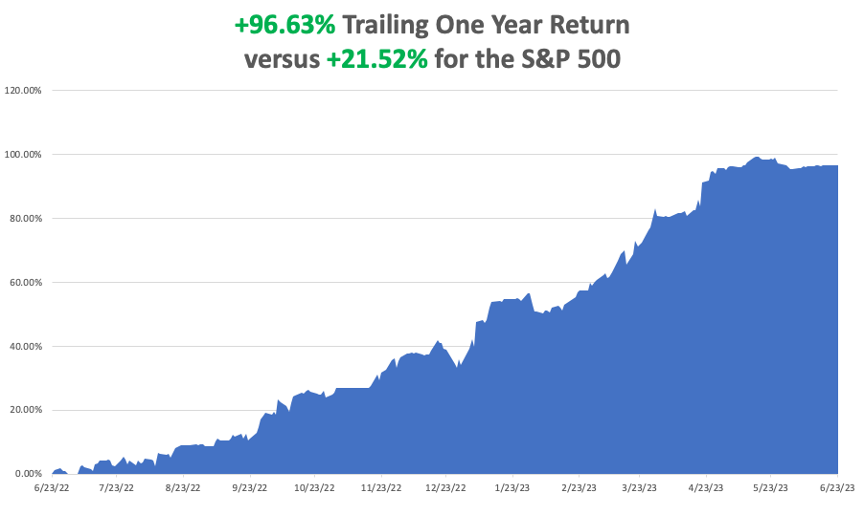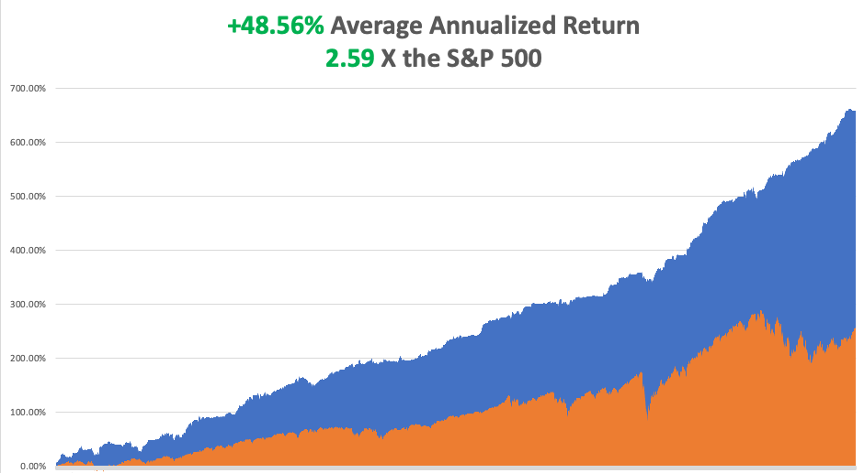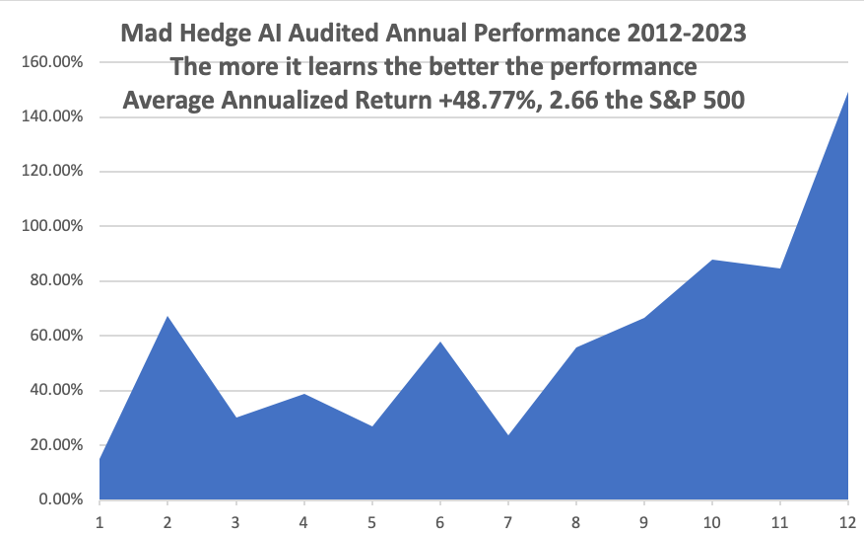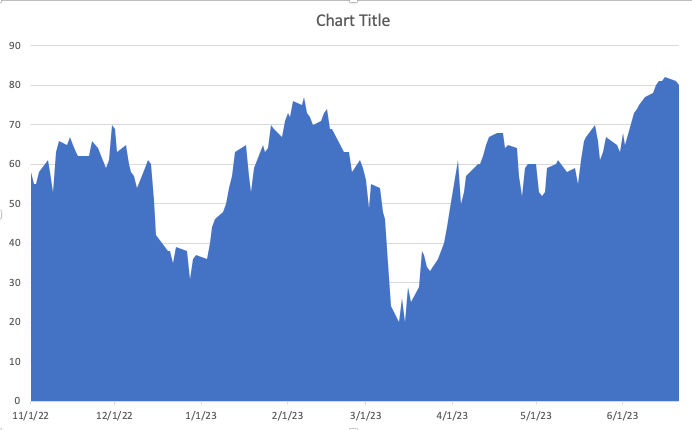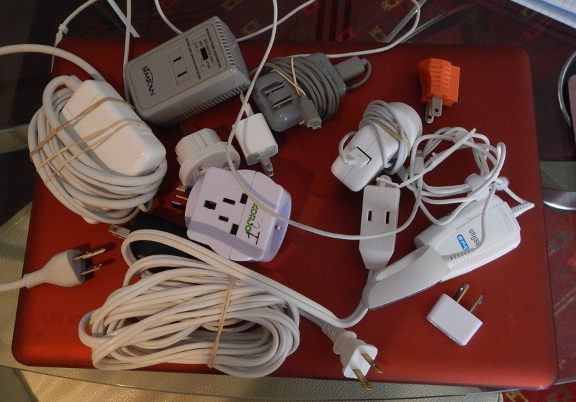Today, I’m going to teach you how to execute one of my market-beating Trade Alerts.
Pay attention because if you have subscribed to Global Trading Dispatch or Mad Hedge Fund Trader Pro, you will receive about 200 of these a year. The alerts will bunch up at market tops and bottoms. After that, we may see weeks of no action. Ideal entry points don’t happen every day of the year.
Following them is your path to understanding global financial markets.
You will also make a lot of money.
Most important is for you to add my email address to your address book. Otherwise, all my trade alerts will go into your spam folder where they will disappear forever.
So please add alert@madhedgefundtrader.com right now to your email address book. To sign up for the Text Alert Service so you can get alerts five seconds after they are issued, please email Filomena at support@madhedgefundtrader.com. Be sure to put “Text Alert Sign Up” in the subject line.
Let me show you a real-world example of how to do a round trip on a trade that I issued a few years ago.
Holy smokes! What’s that?
That pinging sound from your cell phone tells you the Mad Hedge Fund Trader has just sent out a Trade Alert! The urgent text alert says:
MHFT ALERT- Buy ETF (TBT) at $57.06 or best, Opening Trade 9-8-2014, wgt: 10% =174 shares, SEE EMAIL
A few minutes later, you receive the following email:
Sender: Mad Hedge Fund Trader
Subject: Trade Alert - (TBT) September 9, 2014
Trade Alert - (TBT)
Buy the ProShares Ultra Short 20+ Treasury ETF (TBT) at $57.06 or best
9-8-2014
Opening Trade
Portfolio weighting: 10%
Number of Shares: 174
You can buy this in a $57-$58 range and have a reasonable expectation of making money on this trade.
Logic to follow.
Here is the specific trade you need to execute this position:
Buy 174 shares of the (TBT) at……………$57.06
(174 shares X $57.56 = $10,015.44)
So that’s how it’s done.
You now own 174 shares of the (TBT). That is a bet that bond prices will rise and interest rates will rise.
So let’s see how that position worked out over the next several days.
Did it work? Did you make money? Let’s see what transpired in the weeks after this trade alert was issued.
It turned out that the TBT was the perfect position to take at that time.
Bond prices fell pretty fast, and interest rates spiked up nicely causing the (TBT) to jump by $2.91 in the following nine days. That works out to a nice little gain of 5%.
By the way, you can pull up these charts anytime you want for free by just going to www.stockcharts.com
What’s that? Here comes another text message from the Mad Hedge Fund Trader! Better check it out.
MHFT ALERT- Sell ETF (TBT) at $59.97 or best, Closing Trade 9-17-2014, wgt: 10% =174 shares, SEE EMAIL.
The following email says:
Sender: Mad Hedge Fund Trader
Subject: Trade Alert - (TBT) September 17, 2014
Trade Alert - (TBT)
Sell the ProShares Ultra Short 20+ Treasury ETF (TBT) at $59.97 or best
9-17-2014
Closing Trade
Portfolio weighting: 10%
Number of Shares: 174
Here is the specific trade you need to exit this position:
Sell 174 shares of the August 2014 (TBT) at……………$59.97
Profit: $59.97 - $57.06 = $2.91
174 shares X $2.91 = $506.34, or 0.51% for the notional $100,000 model portfolio.
So there, you’ve just made $506 in just 9 days, which works out to 0.51% per $100,000.
You did this never risking more than 10% of your cash at any time.
Annualize that, and it works out to 206% a year.
That’s how it’s done. This is how the big boys do it. This is how I do it.
Of course, not every trade is a winner, and not all do this well so quickly. Sometimes, it requires the patience of Job to see a trade through to profitability. Last year, slightly less than 90% of my trades made money. The rest I stopped out of for small losses. That’s because it’s easier to dig yourself out of a small hole than a big one.
But one thing is for sure. You win more games hitting lots of singles. Beginners stand out by swinging for the fences and striking out almost every time.
So, watch your text message service for the next Trade Alert. Watch your email. And you can follow me on your way to successful trading, and to riches.


